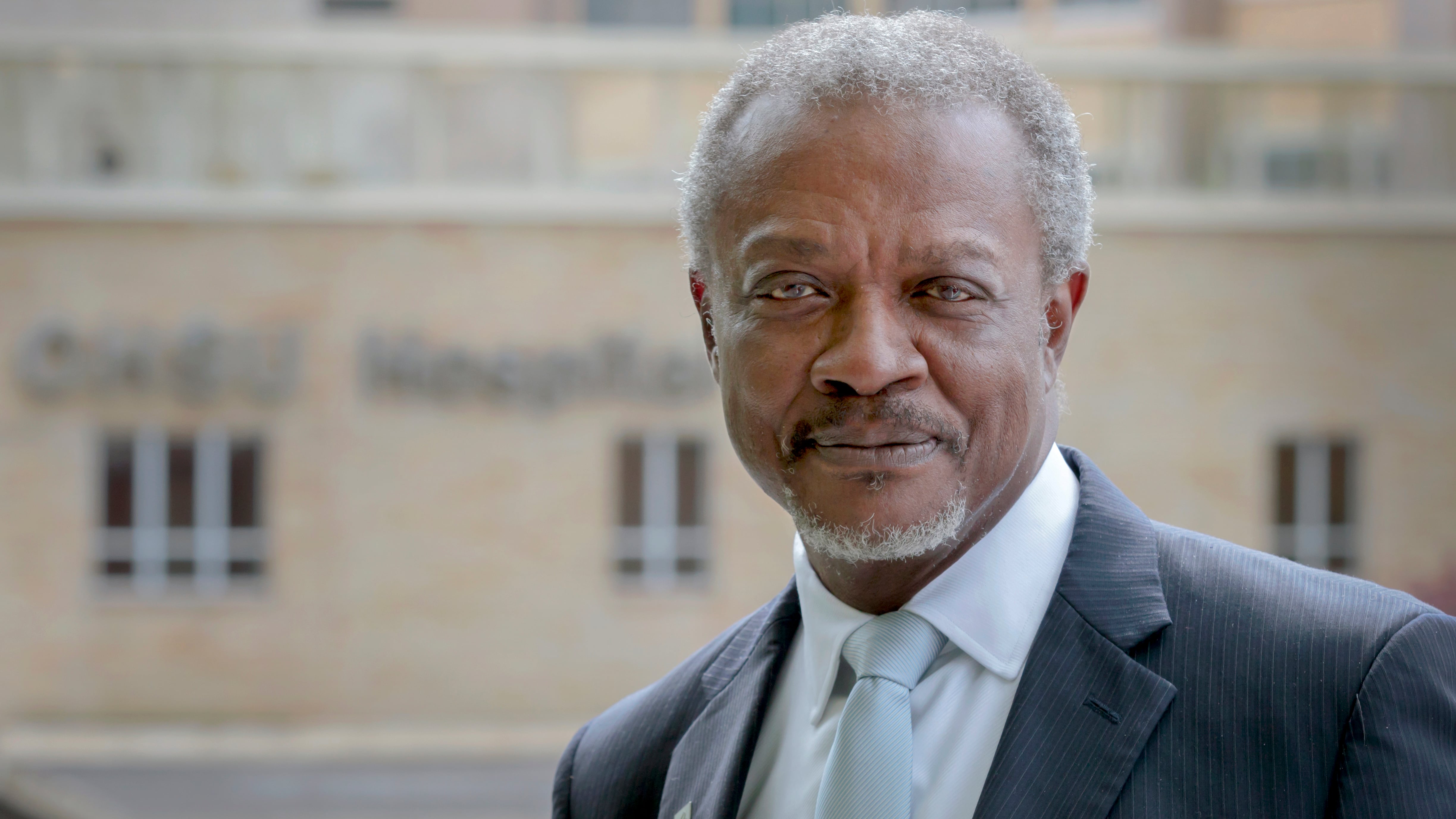Last month, leaders at Oregon Health & Science University asked all department administrators to cut costs to fight price inflation in pay and supplies. They sent around a byzantine “Strategic Allignment Tool” (sic), a 13-tab spreadsheet, to help administrators find costs to cut.
“This is about strategy, not indiscriminate cuts,” OHSU said in an accompanying PowerPoint obtained by WW.
One person isn’t being asked to sacrifice: OHSU president Danny Jacobs. On the contrary, he got a raise. As part of a two-year contract extension pushed through by board chair Wayne Monfries last year, Jacobs will get an extra $350,000 a year put into his retirement account starting July 1, according to documents provided to WW via a public records request. That’s atop the annual $161,000 he was already slated to receive. Jacobs’ base salary is $1.64 million.
Monfries, a former Nike executive who no longer lives in Oregon, alone approved the retirement boost for Jacobs, OHSU spokeswoman Sara Hottman said in an email. The rest of the board was “socialized” on it, meaning they got a briefing and gave feedback, Hottman said.
Compared with other university leaders in the state, Jacobs is doing quite well for himself. University of Oregon president John Karl Scholz will make $747,000 in the fiscal year starting July 1, up from $725,000 this year, university documents show. He’ll get $150,000 for retirement, the same amount as this year. Oregon State University president Jayathi Murthy earns a base salary of $747,300 and gets $58,300 for supplemental retirement.
Regardless of those comparisons, Jacobs’ salary was “below market for several years,” Hottman said.
Dr. Jeff Jensen, vice chair of research in obstetrics and gynecology, and one of few public critics of OHSU’s leadership, said Jacobs’ raise seemed odd, given OHSU’s struggles.
“Socrates taught us that philosophers rule reluctantly and for the good of the community, and tyrants rule for greed,” Jensen said. “I suspect that sums it up.”
OHSU is asking its department leaders to cut costs right now because not-for-profit hospitals are “mired in an ongoing ‘labor-demic’ with significant staff shortages, intense wage pressure, and heightened inflation,” the PowerPoint says.
As evidence, OHSU cited results for the first two months of the calendar year. Revenue rose by $338 million to $3.304 billion, but expenses climbed by much more—$435 million—to $3.337 billion, leaving an operating loss of $33 million.
“This is not about money,” OHSU said in the PowerPoint. “It is about patients, scientists, clinicians, students, and our state.”
The belt-tightening comes just six months after Jacobs handed out $15 million in “President’s Recognition Awards” to nonunion employees. The bonuses weren’t tied to performance. Recipients had to be employees in good standing at the time.
Jacobs discussed the cost-cutting audit on a video call with staff this week. “Like other premier academic health centers around the country, we are in the midst of challenging times like never experienced in the past 60 years or so,” Jacobs said on the call, according to a transcript.
OHSU administrators are struggling with the cost-cutting spreadsheet, says a person familiar with it. Leaders are asked to identify expenses that “directly contribute to the company’s unique competitive advantage,” then determine what is “essential for basic operational viability in the industry” and identify “costs that are necessary to just keep the business operational.” Expenses that don’t fit those categories are to be highlighted for possible elimination.
“Success depends on alignment with the future, not investments based on old assumptions,” the PowerPoint says. “We’ve got this; but we need your help and expertise to do it right.”
